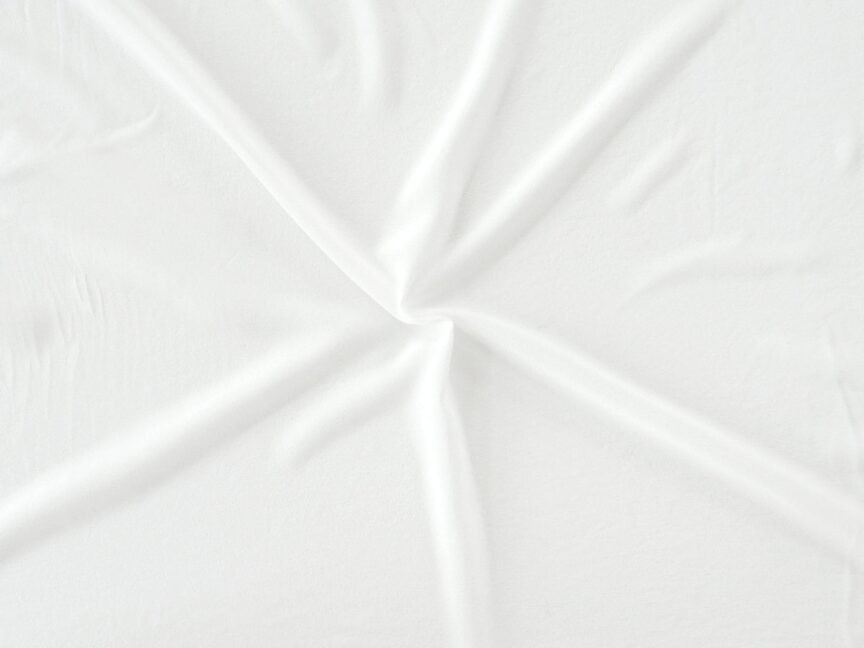Napoli e la grande arte della seta.
L’arte della seta, nel capoluogo partenopeo, è stata per la città uno dei più importanti vanti artigianali che dava lustro all’economia. La lavorazione della seta impegnava gran parte della forza lavoro cittadina tra il sedicesimo e diciassettesimo secolo, per cui, i contadini, oltre alla semina, si occupavano anche della coltivazione dei gelsi, dell’allevamento dei bachi e della trattura. In realtà sul tramonto del Cinquecento l’industria nostrana dedita a questo pregiatissimo tessuto vantava un vero e proprio primato in tutto il vecchio continente.
In particolare a Napoli, l’arte della seta assunse dimensioni notevoli al punto di incrementarne, a livello esponenziale, la crescita. D’altronde la seta era un prodotto ricco ed accessibile a pochi. Essa si usava come dono nelle famiglie reali oppure per gli abiti del clero e in tanti altri paramenti e vesti ecclesiastiche. In verità, a Napoli l’arte della seta fu introdotta dagli Ebrei intorno al VI-VII secolo. La Chiesa di Santa Maria in Cosmedin, primo nucleo degli artigiani ebrei, fu la prima ad adottare la seta, dapprima nei paramenti funebri e poi nella lavorazione degli abiti sacerdotali.
Clicca quì per continuare a leggere l’articolo
Naples and the great art of silk.
The art of silk, in the capital of Naples, was one of the most important artisans for the city that gave prestige to the economy. The processing of silk involved a large part of the city work force between the sixteenth and seventeenth centuries, so that the farmers, in addition to sowing, also took care of the cultivation of mulberry trees, the breeding of the worms and the reeling. In reality, on the twilight of the sixteenth century, the local industry dedicated to this precious fabric boasted a real primacy throughout the old continent.
In particular in Naples, the art of silk took on considerable dimensions to the point of increasing its growth exponentially. On the other hand, silk was a rich product and accessible to a few. It was used as a gift in the royal families or for the clothes of the clergy and in many other vestments and ecclesiastical garments. In truth, in Naples the art of silk was introduced by the Jews around the VI-VII century. The Church of Santa Maria in Cosmedin, the first nucleus of the Jewish artisans, was the first to adopt silk, first in the funeral vestments and then in the making of priestly garments.
Click here to continue reading the article

